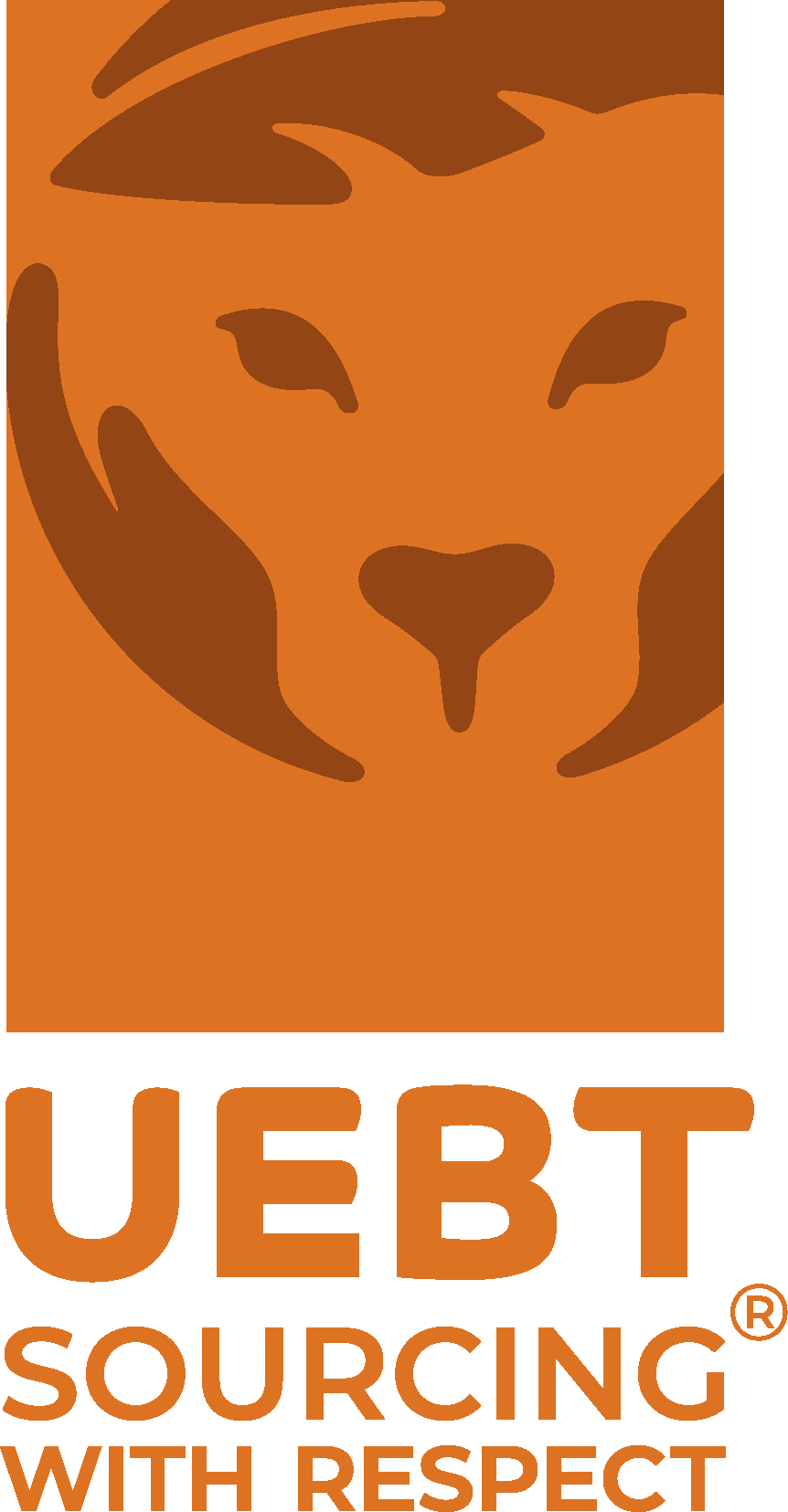Ingredient certification
Certifying ingredients from biodiversity
UEBT's certification of ingredients from biodiversity works to assure that botanicals are sourced with respect for people and biodiversity. The certification applies to a specific ingredient. Certification is granted once independent audits verify compliance with the UEBT standard in the sourcing areas. Traceability through to the area of collection or cultivation is always required. Audits are conducted by third party auditors, but internal control systems can be deployed at different stages of the supply chain.
UEBT certification has a significant focus on respecting biodiversity. The UEBT standard promotes practices to conserve and regenerate biodiversity, such as restrictions on forest clearing, protection of endangered species and pollinators, and reducing agrochemicals.
UEBT also covers important social issues incuding human rights, decent working conditions, living income and wages, and community well being and local development. Dive deeper into the issues covered by certification.
Innovative solutions
UEBT offers innovative approaches to credible certification. For example, certification is possible against internal company standards that UEBT has recognised as reflecting the UEBT standard. Moreover, organisations at different stages of the supply chain can be certificate holders (e.g. international or local processing companies, farms, cooperatives).
What is assessed?
Under UEBT ingredient certification, auditors assess the local entity (e.g. processing company, cooperative or farm) that is responsible for monitoring that sourcing practices comply with the UEBT standard, as well as the physical areas and people in the sourcing areas (e.g. forests, agricultural lands, harvesters, farmers, farmworkers, or smallholders).
Claims and labels
The claims that are permitted differ depending on the type of certification:
Farms and cooperatives as well as international and local processing companies that hold UEBT ingredient certification may use the UEBT certification label for ingredients on their certified ingredient’s packaging when selling to customers.
UEBT member companies that purchase UEBT certified ingredients or that hold a UEBT certificate for an ingredient can make text claims of ‘UEBT certified ethically sourced’ about the ingredient or can use the UEBT certification label for the ingredient off-pack. Companies that are not UEBT members can make text claims only.
Brands can use the UEBT certification label in consumer-facing communications or marketing when additional requirements are met.
Learn more about making UEBT claims or download the UEBT Claims and Labelling Policy.
Membership Requirements
All organisations seeking UEBT (or UEBT/Rainforest Alliance) certification must engage in the UEBT membership programme, with membership adjusted to different types of organisations.
For organisations seeking certification that are directly responsible for cultivation or wild collection practices (these organisations are called ‘Organisations at Source’ in the UEBT system and are generally located in sourcing areas), an integrated approach to UEBT membership may apply. In this integrated approach, the membership assessment, which is a check of the company’s compliance with UEBT minimum requirements and their commitment to ethical sourcing, is conducted as part of, and at the same time as, the certification audit. Learn more about the requirements. There is a membership fee, but no application fee in this approach.
For farms and producer associations such as cooperatives, membership is optional if the organisation’s annual turnover is less than 2 million Euros. If these farms or associations opt for UEBT membership, the integrated membership process applies, but there is no membership fee.
For organisations seeking certification that are not directly responsible for cultivation or wild collection practices (e.g. manufacturers or brands buying from traders or not working in the sourcing area), the standard membership process applies. Learn more about the membership process and requirements.
Get started
Write to us at certification@uebt.org to learn more and get started.
Download a factsheet on UEBT ingredient certification.
Costs
Learn more here.
Get guidance
Have you already applied for certification? Visit our Get Certified pages.
UEBT and Rainforest Alliance Herbs & Spices Programme
UEBT and the Rainforest Alliance run a joint Herbs & Spices Programme.
The certification applies to all ingredients for herbal and fruit infusions (including rooibos) as well as to all other herbs & spices, such as vanilla, cinnamon, chili, pepper, etc.
The UEBT certification label shown above is used in UEBT certification outside of the UEBT/Rainforest Alliance Herbs & Spices Programme. For herbs and spices, the Rainforest Alliance certification mark is used.
SAI Platform and UEBT are partnering to accelerate the responsible sourcing of wild-harvested botanicals. The UEBT standard has more than 100 requirements applicable to wild-harvested botanicals. In recognition of UEBT’s extensive experience in navigating the complexities of wild-harvested supply chains, SAI Platform has retired the Wild Harvest Sustainability Assessment and recommends that members use UEBT’s well established verification and certification programmes. Learn more about this partnership.




